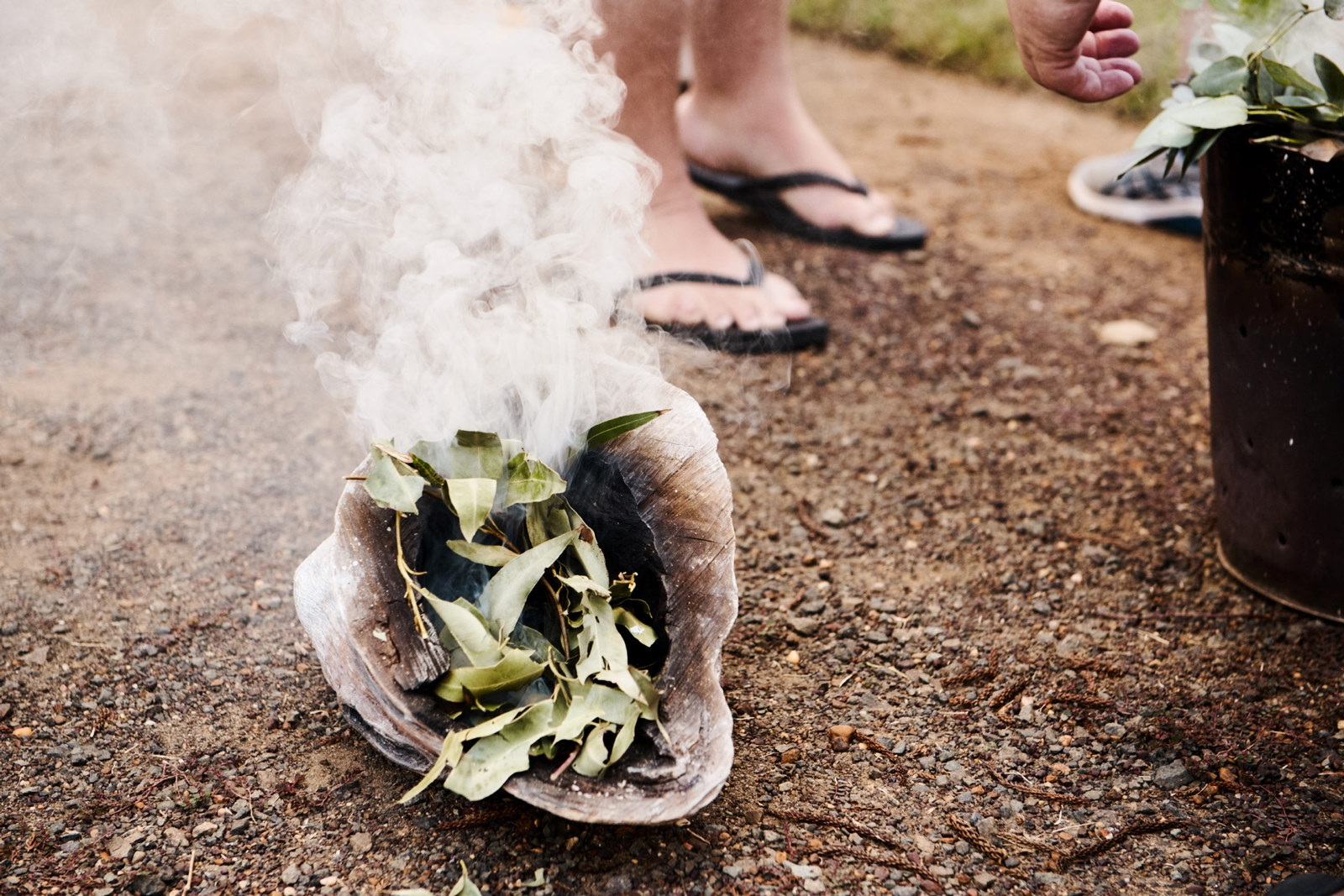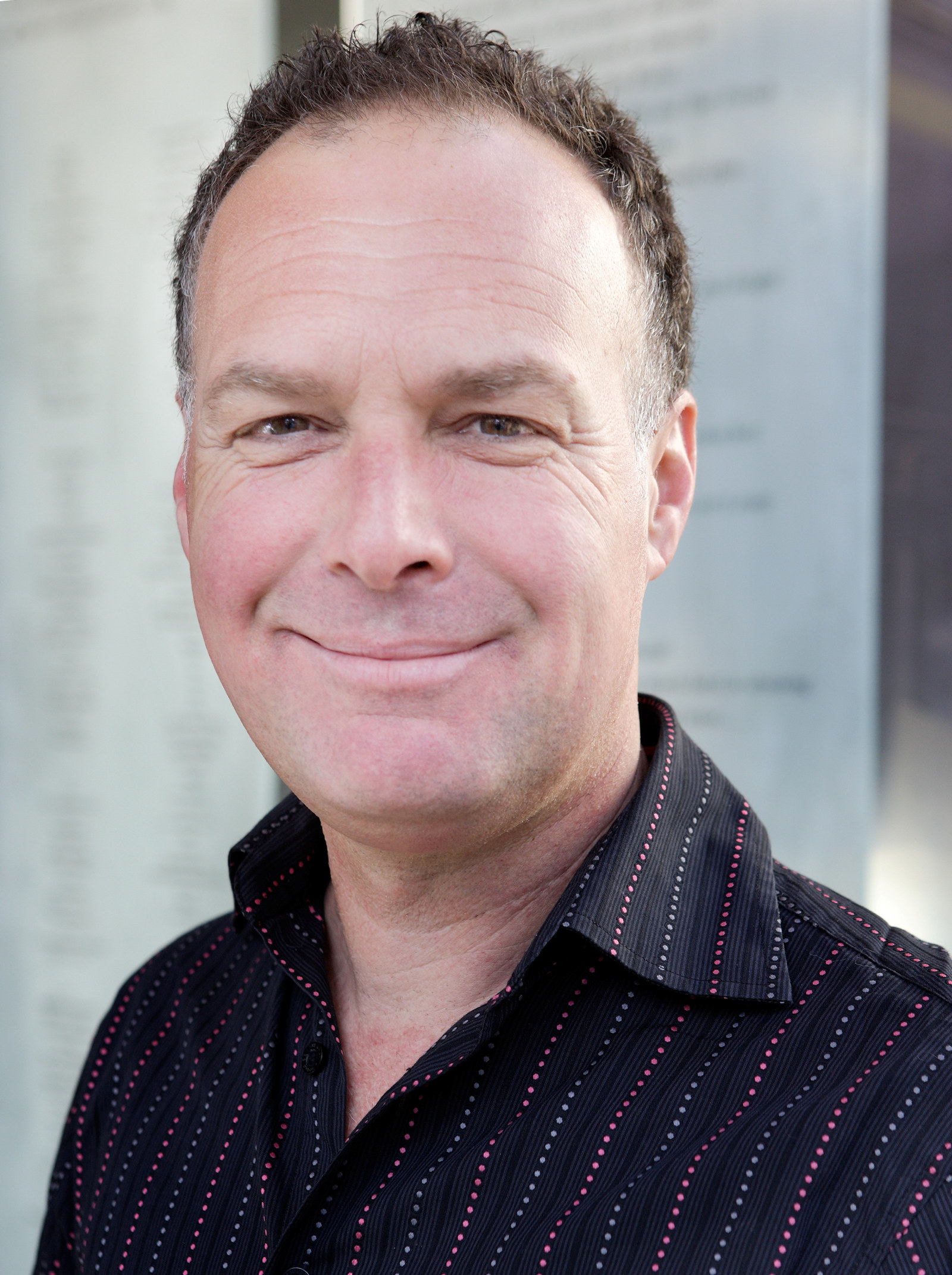Silenced history
The Museum of Sydney has acquired four copperplate hand-coloured etchings by Julie Gough, a visual artist and curator.
Julie is Trawlwoolway through her maternal family, and her traditional homeland is Tebrikunna in far north-eastern Lutruwita (Tasmania). Her paternal heritage is mostly Scottish and Irish. We spoke to her about her love/hate relationship with the history book.
Q. You work with a wide range of mediums, including installation and film. Why choose copperplate etching to create these works?
A. I’ve been really focused on the work of colonial artist Robert Neill. One of Neill’s sketches was reproduced through at least eight different print versions. Appearing in countries from France to Germany and Italy, each version became more convoluted and stranger, like the addition of fig leaves over naked body parts. Each version modified what is truth, to become more of a fiction.
I realised that the inexpensive reproduction and wide transmission of print media in colonial times meant people internationally could view representations of Tasmanian Aboriginal people.
Etching was the medium from the time that educated the masses. Those images published in newspapers and books with written accounts appear concerned with verity, with truth. They seem less creative depictions than historical documents – these pictures can tell a thousand words. I wanted to create prints for events that haven’t yet been represented in this manner, and some that haven’t been represented at all.
Q. How important are archival documents and written histories to your work?
A. The first 50 years of contact history between Aboriginal people and colonists is the period I’m trying to understand and share, because it’s the more silenced era. These four prints are related to the written record and existing colonial artworks. The archives are not a comfortable Aboriginal space – we’re not represented or expected – but they are a natural habitat for historians. I have a love/hate relationship with the written word and the authority and academy of the history book and the historian.
I went into a bookstore not long ago and they had a Tasmanian Aboriginal section. There was one book by an Aboriginal person, and dozens by non-Aboriginal people, written about us. New books about our ancestors appear practically every week. It feels strangely like some sort of replay of the past, capturing our ancestors, but in words now. They speak for and about us, as though we didn’t survive our near genocide. Are we ghosts?
Q. In the work Attack of historians, you make a powerful observation, yet it feels quite playful.
A. There are several original sketches, and a later painting Attack on Milton farm (1828), depicting colonist John Allen singlehandedly holding off an attack by Tasmanian Aboriginal men. These depict over a dozen men armed with spears and stones attacking Allen, whom he kept at bay with only one musket. Accounts say Allen was held in a murderous siege for a day, that he survived and his actions were heroic. This is a fabrication of some kind. He’s no hero – our Old People didn’t want to kill him; they could have done that easily. They are angry and they are warning him.
Attack of historians in part relates to the ridiculousness of Allen’s account. I’ve inserted myself in the middle of the action, replacing Allen. I’m instead attacked by a group of non-Aboriginal historians threateningly waving their books at me, trying to maintain their authorised positions and versions of my people’s past.
Q. Your works will be displayed at the Museum of Sydney, on the site of Australia’s first Government House. What are the connections for you between your four prints and this site?
A. That these prints have entered the Museum of Sydney art collection is due to Tess Allas, an independent Wiradjuri visual art curator, researcher and writer. Tess has provided art-research opportunities for Aboriginal artists to develop and exhibit new work, including about the interconnected histories of NSW and Van Diemen’s Land. It’s imperative to know that Van Diemen’s Land was under the control of NSW from its beginnings in 1803 until 1825. Many decisions made in NSW normalised the extreme violence enacted by colonists against Tasmanian Aboriginal people. That was under NSW’s watch.
There’s a dialogue that can erupt between modern artworks and colonial images when they operate on or about common ground. After making these prints, I realised they can occupy museum collections and challenge the primacy of historical works and speak to them. New works in old mediums can disrupt and overturn historical absences of Aboriginal authored representations; where Aboriginal people and perspectives are not present they can be made present.
Read more
Published on

